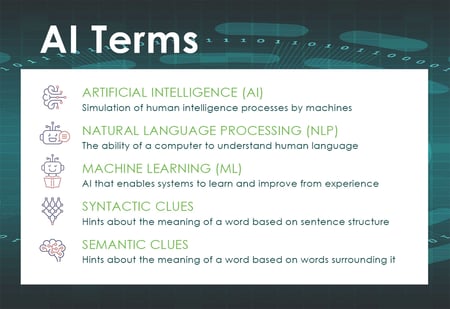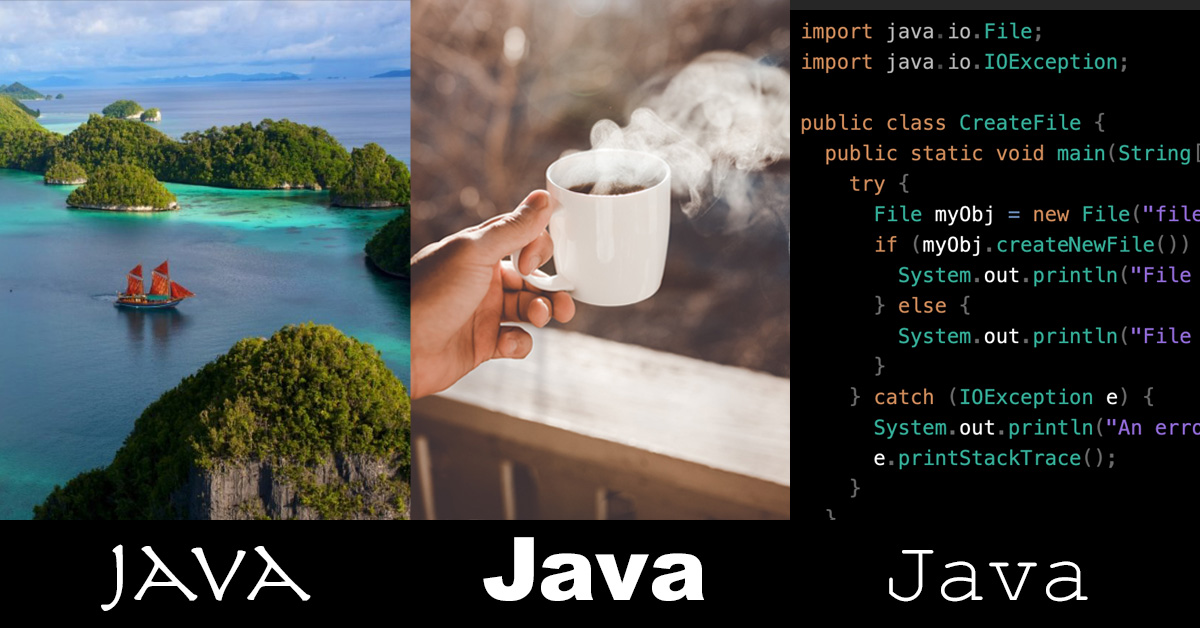Recruitment automation software, namely resume parsers, bring many advantages in sourcing candidates – cleaner data, a better fit and speedier time to hire. But how do AI and Natural Language Processing (NLP) speed up the hiring process and make faster hires? And how does NLP find the perfect candidate or best fit for the job?
One thing NLP specializes in is dealing with words or abbreviations that are the same but used in a different context. Homonyms, terms that share spelling but differ in meaning, can be difficult when learning a language.
How do resume parsers use this AI NLP to distinguish one identical word from another? Let's explore a little under the hood to find out.
Natural Language Processing
A sub-field or branch of AI known as Natural Language Processing (NLP) focuses on processing human language. It is trained through Machine Learning (ML) to understand and process the written word and specializes in picking up nuances or context of text.
Typically, homonyms add noise to text and cannot be easily identified by a computer. But through AI, NLP analyses the text and becomes aware of other words in the sentence that may give hints as to the true meaning of the word. In other words, through semantic understanding, NLP is able to determine the meaning of the word though there may be identical words elsewhere that have totally different meanings.
Because of this, top parsers that use NLP are able to quickly and accurately sift through large collections of resumes to identify and classify words to distinct topics.
Java, Java, Java
Let’s explore these examples of language you might find on a resume or cover letter:
- I worked as a barista serving everything from Java to latte.
- I got my start on Java but left Indonesia after only six months.
- I’m proficient in HTML, Java and CSS.
Here, all occurrences of Java are nouns, but their meanings are different due to the context in which they occur. In the first sentence, Java designates a type of coffee, in the second, an island in Asia, while in the third, Java designates a computer programming language. How do we know? The syntactic and semantic context.
Syntactic clues relate to the grammar or sentence structure of text. Where a word falls within the sentence structure helps determine its role or meaning. Semantic clues pick up on the surrounding words as context to determine the meaning.
“You shall know a word by the company it keeps.”
John Rupert Firth — A synopsis of linguistic theory
That’s where Machine Learning, another branch of AI, and NLP collide. Words with similar meanings occur in similar contexts, and similar contexts contain similar words and AI, through both NLP and ML, work together to draw a conclusion.
 As a company whose founders specialize in NLP, semantics is one of the building blocks of our technology. Our parsing models need to be capable of correctly “understanding” what is written.
As a company whose founders specialize in NLP, semantics is one of the building blocks of our technology. Our parsing models need to be capable of correctly “understanding” what is written.
With the millions of resumes out there, being able to understand and learn new trends in language is key to parser functionality. This functionality is what will provide recruitment organizations that invest in this technology a competitive advantage.
Additionally, being able to understand many languages, along with the meanings behind the written word involved in interpreting skills, skill levels, job roles, industries and possible career paths of potential candidates, is quite powerful.
“Ever since computers have been applied to processing data for large numbers of candidates, the problem of finding particular candidates based on their skills, knowledge, and experience has been our primary concern,” says Daxtra Technologies Founder Steve Finch.
Beyond homonyms, there is great promise in combining automated content analysis and machine-learning methods to handle and screen large numbers of resumes for relevant information in the recruitment process.
As more resumes are processed, resume parsers will become more accurate. Along with other new AI developments that improve accuracy to a greater extent, technology is closing in on human-level accuracy in understanding language.
To learn more about how Daxtra AI recruitment solutions can help your recruitment processes, contact us here.



